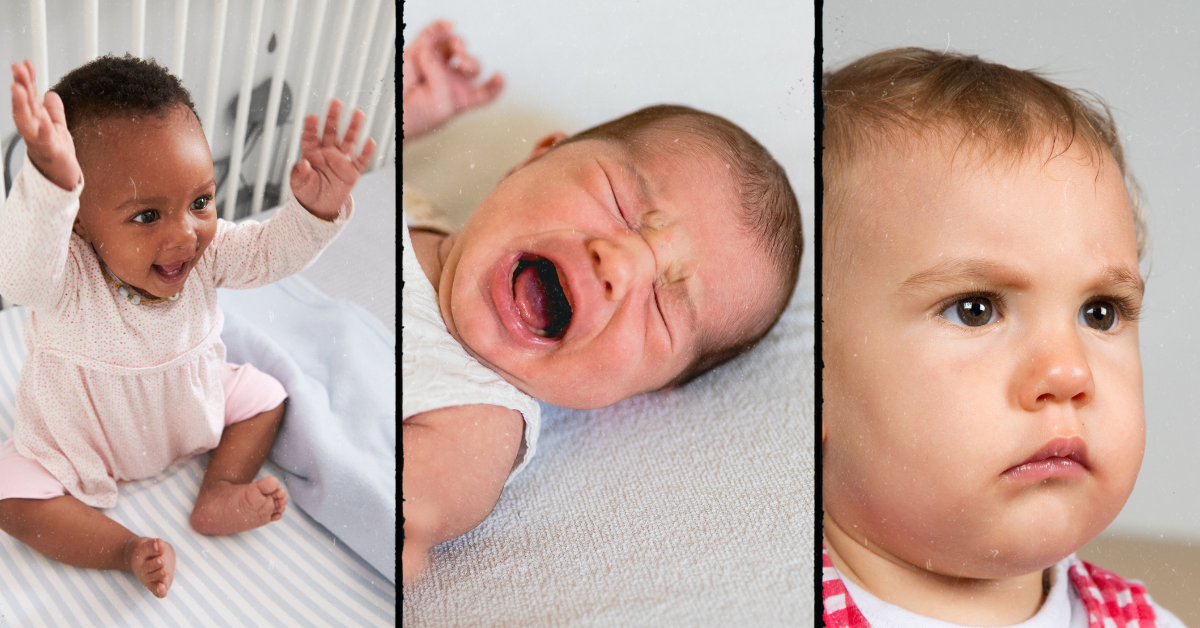Twins Temperaments and Sleep
What are my Twins temperaments?
Tracy Hogg, the author of “The baby whisperer solves all your problems” discusses 5 main temperaments you can identity within most babies. These aren’t mere labels assigned to babies for our own amusements. In her book, Hogg explains how these temperaments can help us best support babies settling to sleep, and understand their needs when it comes to wind down routines, social engagements, hands-on support vs. independent settling, and responses to frustration and perseverance in the face of struggle.
Hogg’s 5 baby temperaments:
Angel
Angel babies are easy going and adaptable. An angel baby responds easily to changes and cries little. It’s easy to decipher their cues, and easy to settle. A child with this temperament will find it easy to fall asleep in different environment and in different circumstances. Self-settling will not be a challenge, and the baby will adjust well to new sleeping arrangements.
Textbook
Describes a child who punctually reaches developmental milestones. This makes it easy to predict readiness and reactions to appropriate sleep changes and devise suitable sleep strategies. The child’s cues are easy to understand, and they calm down quickly. They respond well to common settling techniques, and can be expected to sleep well once you put them down.
Touchy
Or better named Sensitive. These babies react strongly to stimulation and changes. A sensitive baby is easily upset, and cries a lot. Swaddling will suit sensitive babies well, and will help to reduce stimulation and promote sleep. The child will require optimal conditions for sleep, including darkness, silence, and room temperature. Sensitive babies experience increased levels of cortisol and norepinephrine, which result in intense feelings (such as fear and stress) and can thus hinder sleep, relaxation and sense of security. The child doesn’t respond well to abrupt changes, and therefore sleeping strategies will need to be introduced slowly and gradually.
Spirited
Strong willed and determined babies. These babies are very energetic and require high level stimuli. In sleep, the child might find it hard to calm down, settle, and sleep for long. A swaddle could support their need for sensory stimulation. Low light, routine and enough notice and preparation before sleep will contribute to settling the child down prior to bedtime. Hands-on settling could make it harder for older babies to settle, and Out of the Room strategies might work better. Their keen social nature leads to them trying to engage with the adult in the room, and they struggle to focus on settling and sleeping.
Grumpy
Structure-bound, particular, and fussy babies. These babies are easily irritable and hard to please. Changes don’t come easy for them. They are stubborn, impatient and like their own space. Sleep can be challenging as settling might upset them when done slightly different, takes too long, too short or out-right “wrong”. They might take a while to self-settle, as various factors could upset them and keep them alert and stimulated. They will require a lot of patience and endurance to establish a routine and a sleep schedule, but once in place- they’d like to stick to it.
Can you identity your twins with any of these? How does each of your babies sleep look like at this point? Perhaps some changes in routine, environment or settling method can promote better sleep for them, and for you!
If you want to check whether your babies are ready for self-settling, download my check-list here.
To help your babies get better sleep book a package below, or find out more about how to best support your twins’ sleep in a free discovery call today.

